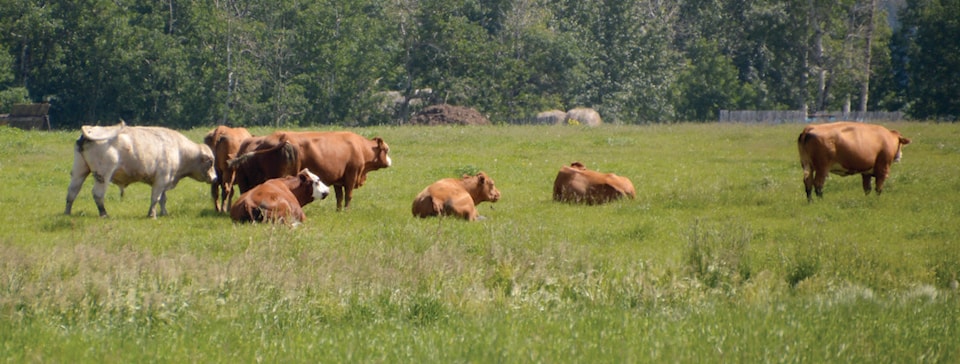Zihuatanejo, Mexico - I know I am rubbing it in to write this column from a place with consistent day time temperatures of 30C, night time 22C. As this column appears we will be on our way to Oaxaca City, inland where the daytime temperatures will be 32C and night time as low as 11C.
Oaxaca is moderated by a higher elevation. We intend to visit some farms there and sample their products. It is the centre of mole (pronounced “molay”) production.
I will write more on this in two weeks, taking the next week off as we will be travelling around the countryside outside the state capital.
Gratitude to all of you who keep the home fires burning! This is a very serious subject this week, brought about by the resting mind and body.
Read More: COLUMNS: What home looks like from afar
Why would you read further? I say that if you have been following recent reports on the new Canadian Food guide and the Lancet report on human health and the health of the environment, you will know the two are connected.
Healthy environment equals healthy food which greatly assists health in people.
Many readers are not farmers or ranchers, but we all eat therefore we can influence the food production practices by buying local and especially local which comes from sustainable practices.
These days, you might just have more impact by making good consumption choices than you would have making the best electoral (political) choices. I know it would be better if we could make things better just by voting the right way.
Unfortunately, we are a consumer society and our choices have a great deal of impact on the land, air and water around us. Above all it is important that your food be nutrient dense (most everything you need to be healthy). Chances are that nutritious food will come from nutrient dense soil.
Food from the sea is another class of problem all together.
Read More: What does home look like to you?
To get ready for writing this week’s column I got caught up to date on what has been published on the best practices of farmers and ranchers when it comes to their businesses. If they are profitable, they are sustainable.
Canada’s premier Farm Business (Canada) agency has looked at the best practices. Ask of your food suppliers that they follow these. The top seven are:
1.) Continuous learning.
2.) Keeping finances current performance can be measured.
3.) Using professional advisors for an outside perspective.
These are the most important. The next four are:
4.) A business plan, with goals.
5.) Monitoring cost of production
6.) Assessing and monitoring risks
7.) A financial plan with budget objectives.
The final four elements for success are:
8.) Human resource plan, even if it is a one-person business.
9.) A communication plan to tell consumers how you produce their food.
10.) A risk management plan.
11.) A transition plan (succession plan). Ninety five per cent of farmers don’t have one.
You might say, if you are a small farmer or rancher, that this doesn’t apply to you, because you have an outside income. It does because that income spent on an unprofitable business may create an opportunity cost for you. (In other words, you might need that money for your retirement or for other enterprises investments (diversification).
Even if you are a full time commercial operation, you will have to take baby steps and not try to do all of these at once. “Continuous improvement” is the way to go.
David Zirnhelt is a rancher and member of the Cariboo Cattlemen’s Association. He is also chair of the Advisory Committee for the Applied Sustainable Ranching Program at TRU.
